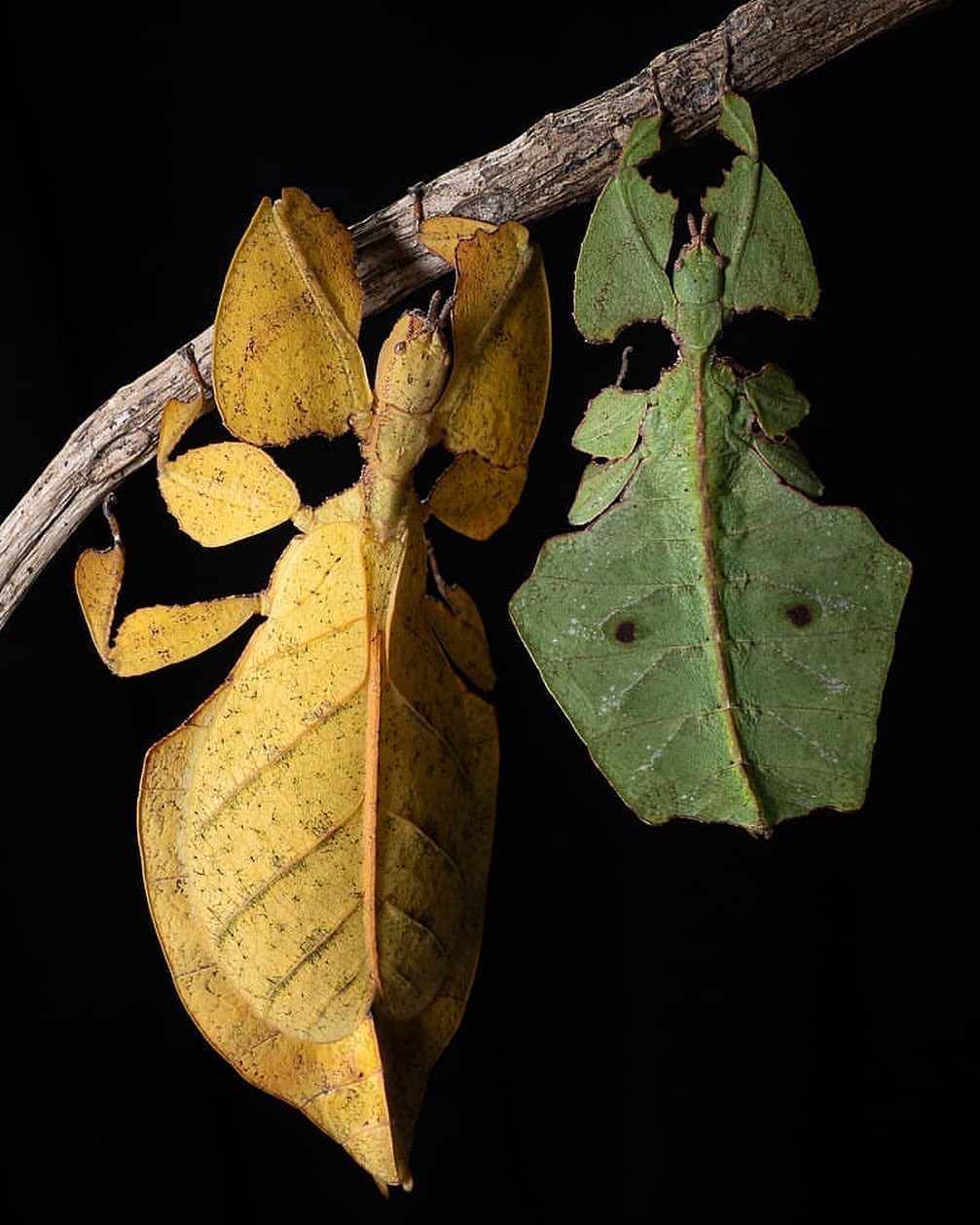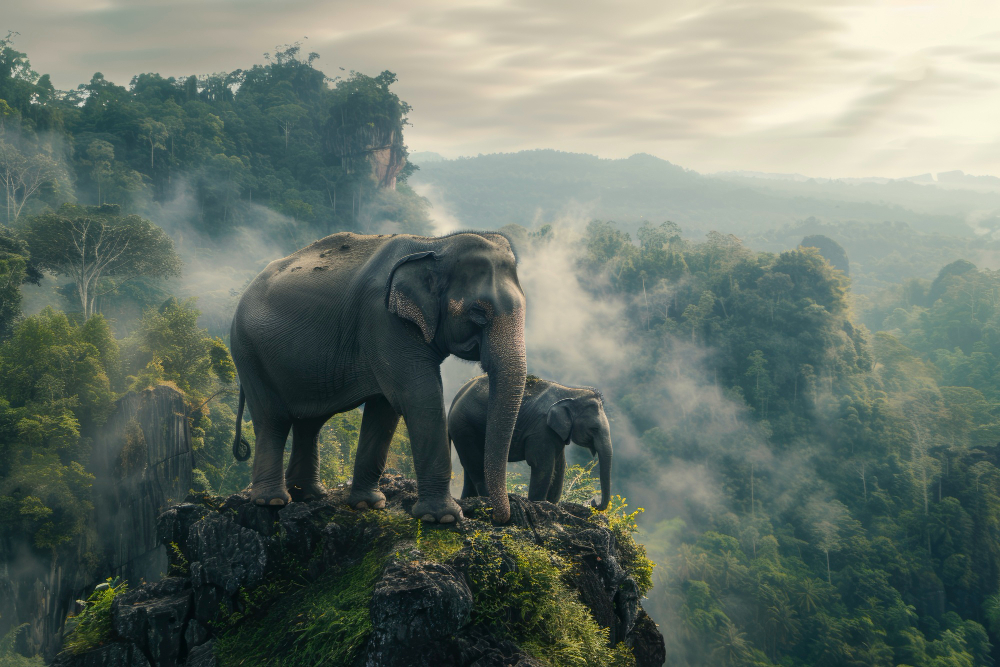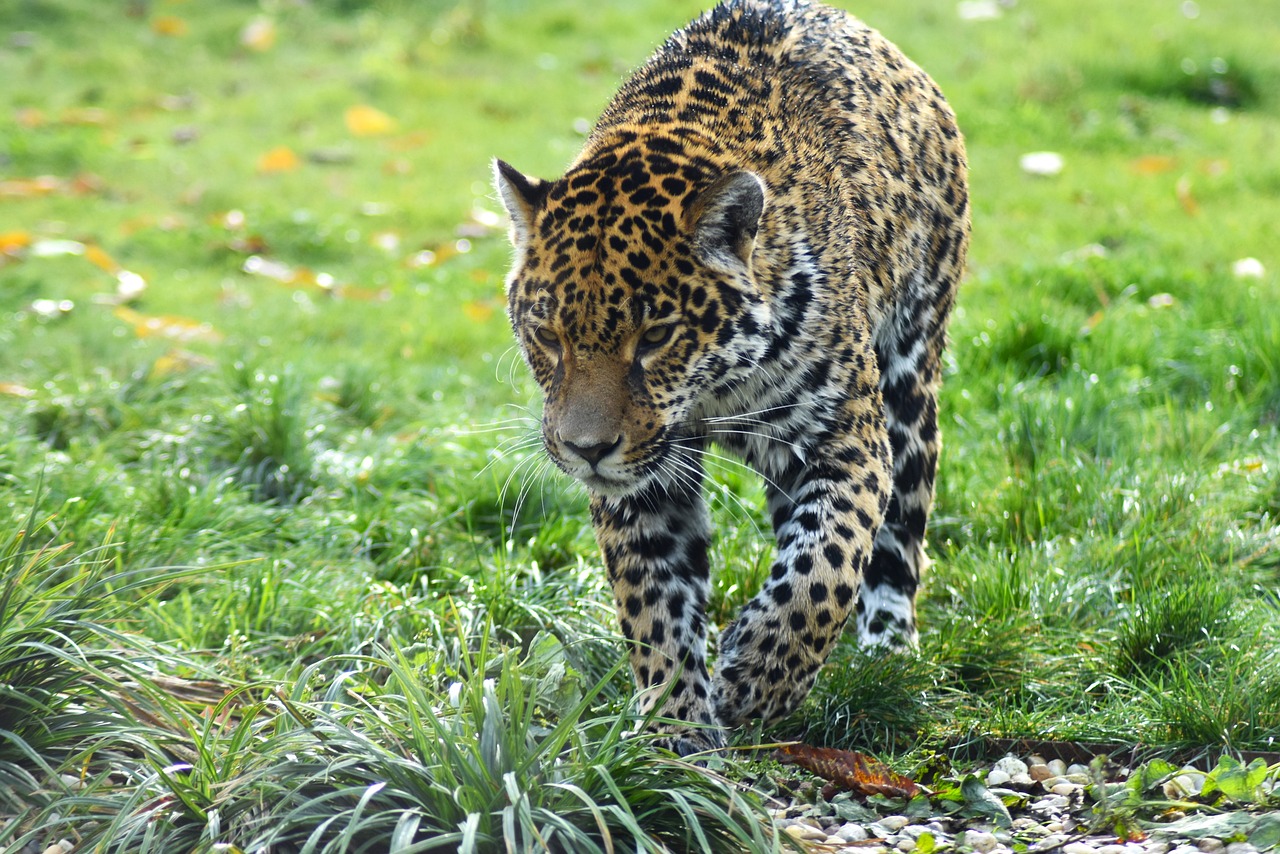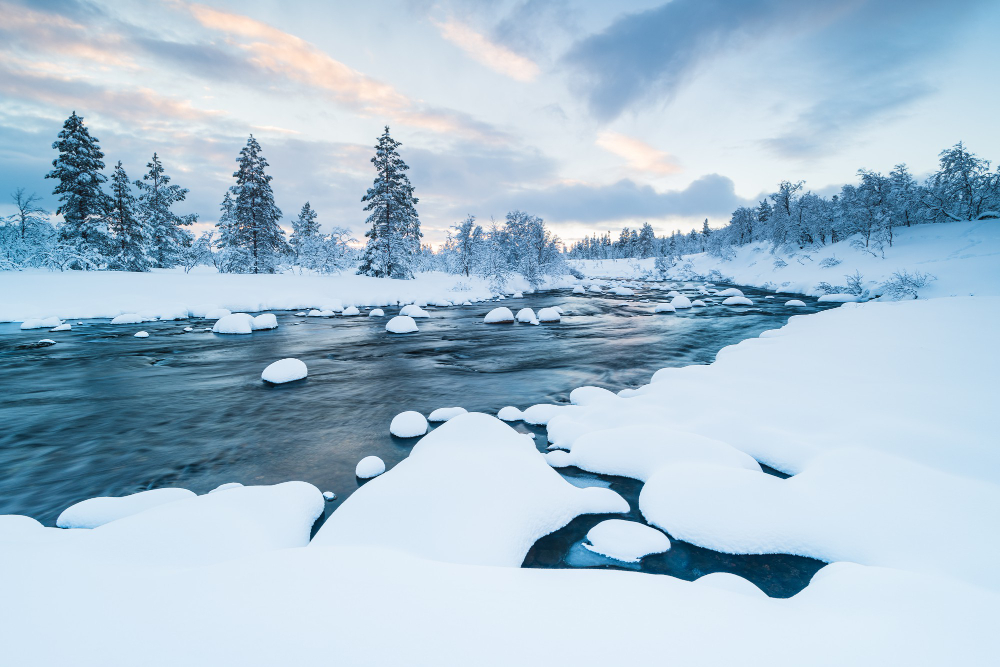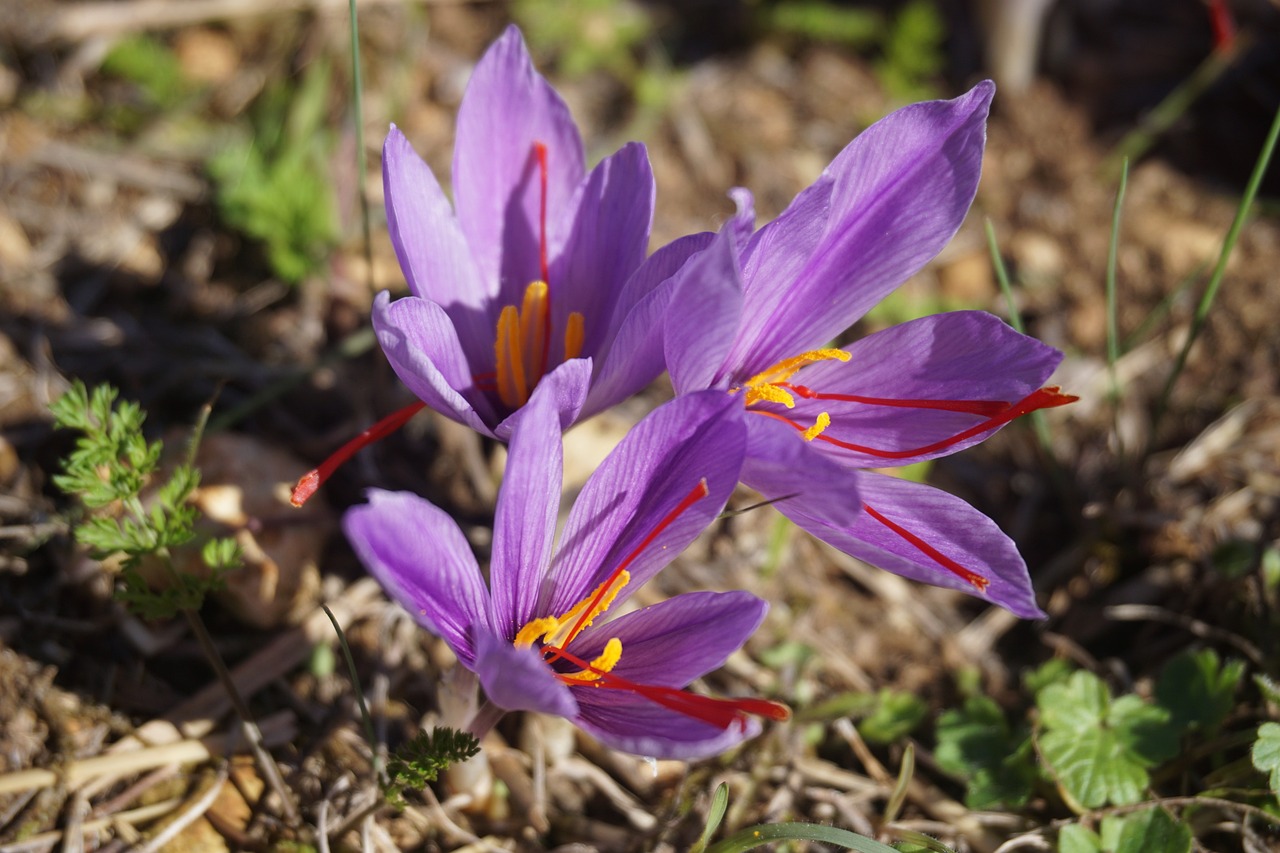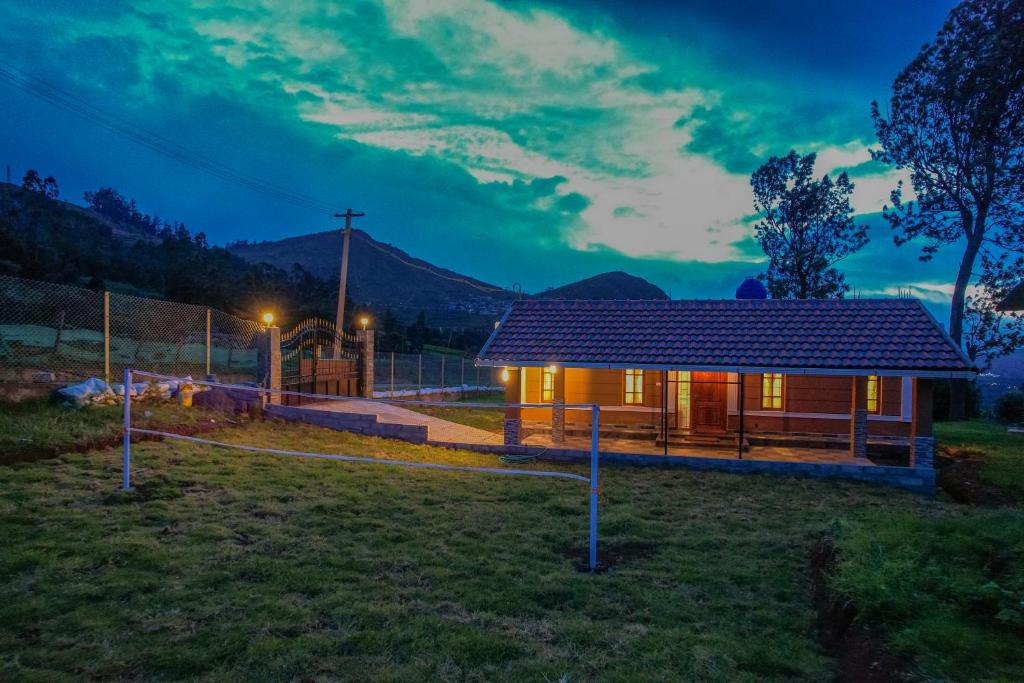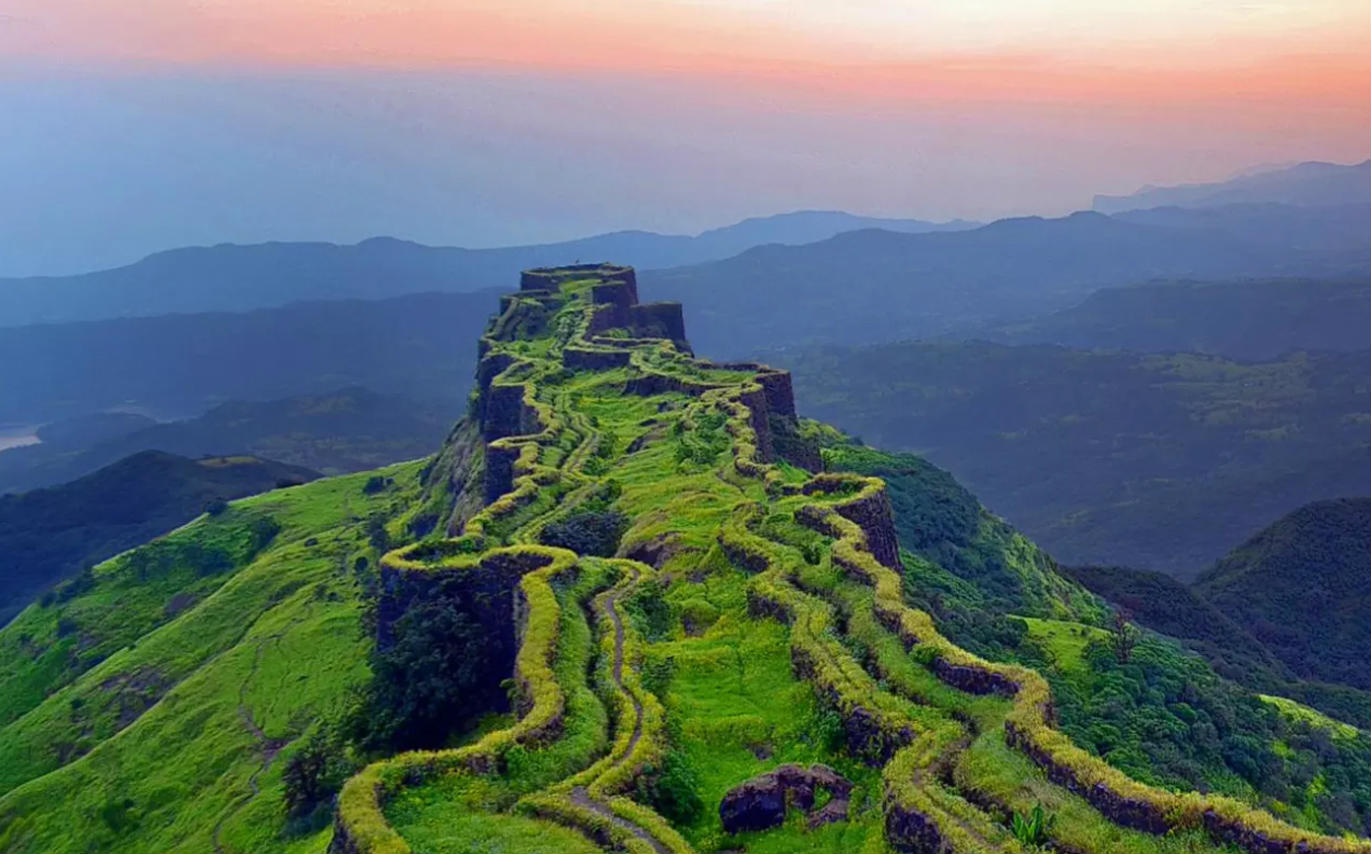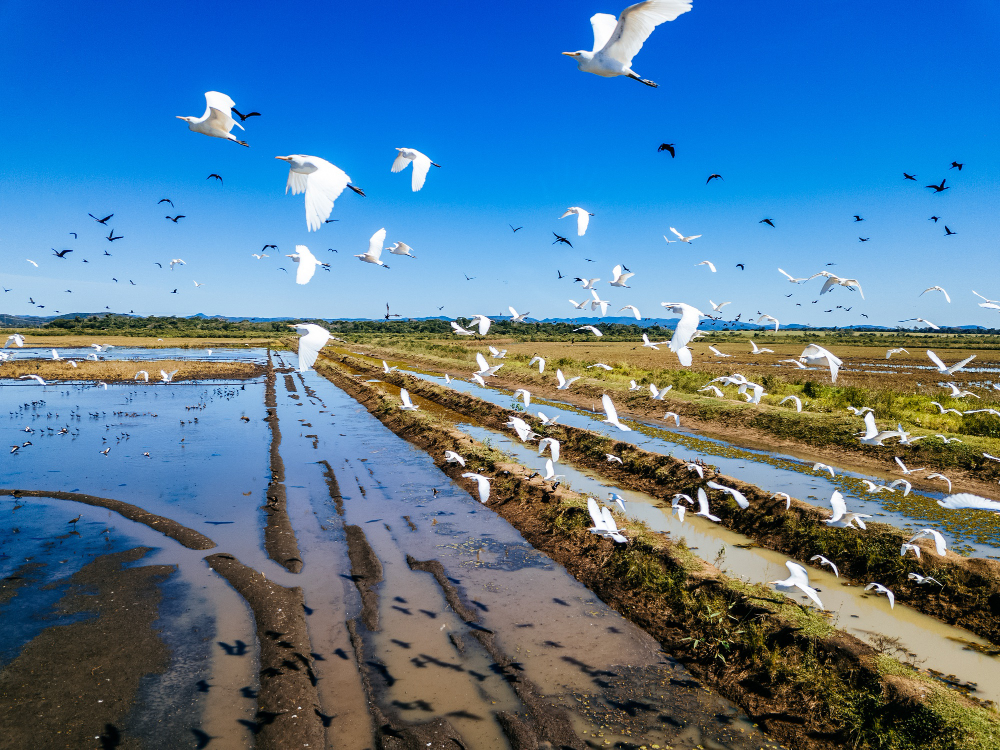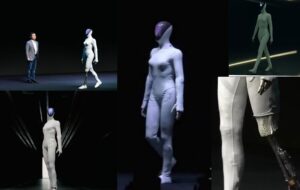 Pin
Pin Hover Air X1 Pro / Photo courtesy of Tech with Jerad
Something rather wonderful happens when you unfold a compact drone for the first time. The arms click into place with satisfying precision, the propellers snap on like puzzle pieces finding their home, and suddenly this thing that was small enough to forget about in your bag transforms into a proper flying machine. It’s the kind of transformation that makes you smile, the way a good magic trick does, except this magic is entirely real and about to take to the sky.
The truth is, compact design drones have rewritten the rules of aerial photography in ways that feel almost topsy-turvy. Where once you needed heavy equipment and serious dedication, now you need only curiosity and a bit of pocket space. These miniature wonders pack professional-grade cameras, intelligent sensors, and flight computers into frames that weigh less than your water bottle. They’ve made it possible for hikers to capture mountain peaks, travelers to document ancient ruins, and families to film reunions from angles that were simply impossible before. The ten drones we’ll explore together represent the very best of this peculiar and delightful technology.
Table of Contents
1. DJI Mini 4 Pro
 Pin
Pin Photo courtesy of Mania Phone Rd
The DJI Mini 4 Pro represents something quite interesting in the world of compact drones: it’s what happens when engineers take everything they’ve learned and refine it one more time. Weighing just under 250 grams, this drone slips beneath regulatory requirements in most countries, which means you can fly it without registration paperwork. But that lightweight frame hides considerable sophistication. The camera uses a 1/1.3-inch CMOS sensor that captures 48-megapixel photos and 4K video, delivering image quality that would have required a much larger drone just a few years ago. The gimbal keeps everything stable even in moderate wind, and the whole contraption folds down small enough to tuck into a coat pocket.
What sets the Mini 4 Pro apart is how it handles obstacles. Earlier compact drones often flew blind in certain directions, which made navigating through trees or around buildings a nerve-wracking experience. This model senses obstacles in all directions, creating a protective bubble that prevents crashes even when you’re focused on framing the perfect shot rather than watching where you’re going. The battery lasts about 34 minutes, which gives you enough time to scout locations, set up shots, and capture what you need without constantly racing against a dying battery. For travelers, photographers, and anyone who wants professional-looking aerial footage without hauling around heavy equipment, this drone makes a compelling case for itself.
2. DJI Mini 3 Pro
 Pin
Pin Photo courtesy of Michael Morris
The Mini 3 Pro arrived on the scene and quietly changed how people think about drone cameras. Most drones shoot horizontally because that’s how cameras have always been mounted, but DJI did something rather clever here. They built a gimbal that rotates ninety degrees, letting the camera flip into portrait orientation. This might sound like a small detail, but it matters enormously if you’re creating content for Instagram, TikTok, or any platform where vertical video dominates. Instead of cropping your footage later and losing resolution, you capture it properly from the start. The camera itself shoots 4K HDR video and 48-megapixel RAW stills, which gives you plenty of room to edit and adjust without the image falling apart.
The obstacle sensors work in three directions, which isn’t quite as comprehensive as the Mini 4 Pro but still prevents most accidents. Where this drone really shines is in its flight time, reaching up to 34 minutes on the standard battery or an impressive 47 minutes with the extended battery option. That extra flight time transforms how you work because you’re not constantly landing, swapping batteries, and relaunching. You can explore an area thoroughly, experiment with different angles, and still have power left for the flight home. The drone folds into a remarkably compact shape, and everything fits into a case about the size of a hardcover book. For anyone who got serious about aerial content creation during the social media boom, this drone became something of a best friend.
3. DJI Neo
 Pin
Pin Photo courtesy of Droneland Brasil
The DJI Neo does something rather extraordinary by shrinking down to just 135 grams, making it one of the tiniest drones DJI has ever created. To put that in perspective, it weighs less than most smartphones, yet it still manages to pack in a stabilized camera, sensors, and enough battery to fly for meaningful periods. This drone was designed with a specific purpose in mind: selfies and vlogging footage where you’re the subject rather than the landscape.
It can launch directly from your palm, follow you around automatically, and return to land on your hand when finished. The whole experience feels a bit like having a tiny flying cameraman who never complains about doing another take.
What makes the Neo particularly clever is how it simplifies control. You can fly it using just the smartphone app, voice commands, or pair it with a traditional controller if you want more precise control. The automated flight modes handle most of the work, circling around you, tracking your movement, or hovering at a fixed distance while you walk, run, or bike. The camera quality won’t match larger drones, but it captures perfectly acceptable footage for social media and casual use. The real magic lies in how effortlessly it works. You don’t need to be a skilled pilot or understand complex camera settings. You simply tell it what you want, and it figures out the rest. For content creators who want dynamic footage without the learning curve or equipment bulk, this tiny drone opens up possibilities that would have required a full film crew not long ago.
4. DJI Flip
 Pin
Pin Photo courtesy of Droneland Brasil
The DJI Flip represents the latest thinking in compact drone design, released in 2025 with some thoughtful improvements based on what DJI learned from watching how people actually use these machines. The most immediately noticeable feature is the built-in propeller guards, which form protective cages around each rotor. This might seem like a small addition, but it fundamentally changes how confidently you can fly.
Those spinning propellers are the most vulnerable part of any drone, and they’re also the part most likely to cause injury if things go wrong. With guards in place, you can fly closer to people, navigate through tighter spaces, and worry less about a gust of wind pushing your drone into a tree branch.
The Flip weighs just under 249 grams despite those protective guards, which is rather impressive engineering when you think about it. The camera captures 48-megapixel photos and shoots 4K video at 60 frames per second, giving you smooth, professional-looking footage even when you’re moving quickly or tracking fast action. The foldable design collapses everything down into a neat package, though the propeller guards do make it slightly bulkier than the Mini series when folded. What’s interesting about this drone is how it reflects a shift in priorities. Earlier compact drones focused purely on being as small and light as possible. The Flip suggests that maybe safety and durability matter just as much, especially for people who fly around other humans or in unpredictable environments where accidents become more likely than in wide-open spaces.
5. HoverAir X1 Pro
 Pin
Pin Photo courtesy of Pharossig
The HoverAir X1 series takes a different approach to compact drones, and it’s worth understanding why that matters. Most drones are built like miniature aircraft that happen to have cameras attached. The HoverAir X1 was designed in reverse, starting with the question of what a flying camera should do if it could think for itself. The result is a drone that weighs incredibly little, folds flat enough to slip into a jacket pocket, and operates almost entirely on autopilot.
You unfold it, toss it gently into the air, and it immediately stabilizes and begins filming according to whichever preset mode you’ve selected. No controller needed, no complicated app settings, just instant aerial footage.
The Pro version captures 4K video at 60 frames per second, which delivers smooth, professional-looking results. The ProMax pushes this further with 8K capability at 30 frames per second, giving you extraordinary detail and flexibility in post-production. Both versions excel at automated movements like orbiting around you, following behind as you move, or hovering at a fixed distance while you perform activities. This makes them particularly good for solo creators who don’t have a camera operator available. The drone essentially becomes your own personal film crew, capturing angles and movements that would be difficult or impossible to achieve any other way. The trade-off is less manual control compared to traditional drones, but for many users, that’s not a limitation at all. It’s actually the point, because it lets you focus on what you’re doing rather than piloting a drone while simultaneously trying to create content.
6. FIMI Mini 3
 Pin
Pin Photo courtesy of UAdream
The FIMI Mini 3 occupies an interesting position in the compact drone market, and understanding why requires looking at how drone pricing typically works. Major manufacturers like DJI command premium prices partly because of their brand recognition and partly because of their extensive ecosystem of accessories, software, and support. FIMI approached things differently, focusing on delivering solid performance at a lower price point without cutting corners in ways that actually matter.
The result weighs around 245 grams, staying just under that magical 250-gram threshold, and it captures 48-megapixel photos along with 4K video at 60 frames per second. Those specifications match drones costing significantly more, which immediately makes you wonder where the savings come from.
The answer lies mostly in the polish and ecosystem rather than core performance. The camera quality genuinely impresses, delivering clean, detailed footage with good color reproduction and dynamic range. The gimbal stabilization works smoothly, keeping your footage steady even in moderate wind. Flight time reaches about 30 minutes, which gives you plenty of room to work without constant battery anxiety. Where you notice the difference is in smaller details like the app interface, which works perfectly well but lacks some of the refinement and advanced features found in more expensive options. The obstacle avoidance isn’t quite as sophisticated, which means you need to fly a bit more carefully in complex environments. But for travelers, hobbyists, or anyone who wants quality aerial footage without spending a small fortune, this drone makes excellent sense. It proves that you don’t always need the most expensive option to get results that make you happy.
7. Ryze Tello
 Pin
Pin Photo courtesy of Mihail Dimitrov
The Ryze Tello sits in a category all its own, and it’s important to understand what this drone is and isn’t before deciding if it belongs in your backpack. This is not a drone for capturing stunning landscape photography or professional video work. The camera shoots 5-megapixel stills and 720p video, which by modern standards feels quite modest. But dismissing the Tello because of these specifications would be missing the point entirely. This drone was designed as an entry point, a way for people to learn how drones actually work without risking hundreds of dollars on their first crash. And crashes will happen when you’re learning, because flying a drone well requires developing instincts about three-dimensional space that most of us simply don’t have from daily life.
What makes the Tello valuable is how it removes the fear from the learning process. It’s remarkably affordable, so when you inevitably bump it into a wall or misjudge a landing, you’re not watching a significant investment tumble to the ground. The drone is also genuinely compact, small enough to fly indoors safely, which means you can practice regardless of weather or available outdoor space. It responds well to controls, giving you honest feedback about your piloting skills without being so twitchy that beginners feel overwhelmed. Many people who later graduated to more sophisticated drones credit the Tello with teaching them the fundamentals, the muscle memory and spatial awareness that makes piloting feel natural rather than stressful. Think of it less as a camera platform and more as a flight school that fits in your palm, and suddenly its place in this list makes perfect sense.
8. Skydio X10
 Pin
Pin Photo courtesy of DRONE-SERV
The Skydio X10 represents a rather different philosophy about what compact drones should accomplish, and it helps to understand the company behind it to see why this matters. Skydio built its reputation on autonomous flight technology, creating drones that can navigate complex environments without constant human input. The X10 takes this expertise and packages it into a foldable design that prioritizes durability and professional capability over pure minimalism.
It carries an IP55 rating, which means it can handle dust and water spray that would ground most consumer drones. This isn’t a drone you baby along on perfect weather days. It’s built to work in conditions where you need footage regardless of what nature decides to throw at you.
The autonomous flight capabilities go well beyond simple follow modes. The X10 uses multiple cameras to build a real-time map of its surroundings, letting it navigate through forests, around buildings, or over complex terrain while avoiding obstacles without your intervention. The 5G control capability extends range dramatically beyond what standard radio controllers can manage, which opens up possibilities for surveying large areas or tracking subjects across distances that would lose contact with traditional drones. This makes it particularly valuable for professional applications like inspection work, search and rescue operations, or documentary filming where you need reliable performance rather than just impressive specifications. The price reflects these professional ambitions, sitting well above consumer drones, but for users who need a compact drone that can handle serious work rather than casual photography, the X10 delivers capabilities that justify the investment.
9. Skydio 2
 Pin
Pin Photo courtesy of CHEAH!
The Skydio 2 approaches drone flight from a fundamentally different angle than most manufacturers, and understanding this difference helps explain why certain users swear by this drone despite it not being the smallest or cheapest option available. Most drones use a handful of sensors to detect obstacles in specific directions, which works reasonably well but leaves blind spots where crashes can still happen. The Skydio 2 surrounds itself with six navigation cameras that work together to create a complete three-dimensional understanding of everything around it. This isn’t just obstacle avoidance in the traditional sense. The drone actually comprehends its environment and can make intelligent decisions about navigation paths, much the way you instinctively duck under a low branch or step around a puddle without consciously planning each movement.
This technology makes the Skydio 2 particularly valuable in complex environments where traditional drones struggle. Flying through dense forest, weaving between trees, tracking a mountain biker down a twisting trail, or navigating around buildings in an urban setting becomes remarkably stress-free because the drone handles the collision avoidance automatically while you focus on framing shots and following your subject. The form factor isn’t foldable like some competitors, which makes it slightly less portable, but it’s still compact enough to fit comfortably in a backpack. The camera produces good quality 4K footage, though it’s the autonomous flight capabilities rather than image quality that really define this drone’s character. For tech-savvy users, outdoor enthusiasts, or anyone who needs reliable tracking in challenging environments, the Skydio 2 offers something genuinely different from the crowd of similar-looking alternatives.
10. The Flying Squirrel Drone
 Pin
Pin Photo courtesy of Dohyeon Lee, Jun-Gill Kang and Soohee Han
The bio-inspired Flying Squirrel drone exists in a different category from everything else we’ve discussed, and that’s precisely what makes it fascinating. This isn’t something you can purchase and fly this weekend. It’s a research prototype, an experimental design that emerged from scientists studying how flying squirrels navigate through forest canopies with such remarkable agility. Real flying squirrels use flexible membrane wings that can change shape mid-flight, letting them make tight turns and adjust their glide path in ways that rigid aircraft cannot match. Researchers wondered whether drones could borrow these principles, and the result is a drone with foldable wings that flex and adapt during flight, allowing it to squeeze through spaces and make maneuvers that conventional quadcopter designs simply cannot accomplish.
What makes this prototype worth including in our discussion is what it represents about where compact drone design might be heading. Current drones all follow similar architectural principles, using multiple fixed rotors for lift and control. This works wonderfully but imposes certain limitations on efficiency, noise levels, and maneuverability in confined spaces. Bio-inspired designs like the Flying Squirrel suggest alternative paths forward, ways of thinking about flight that nature spent millions of years perfecting. While you cannot buy one today, watching these research projects helps us understand what might become possible in five or ten years. The drones in our backpacks tomorrow might fold differently, fly more quietly, and navigate more naturally through complex environments because researchers today are asking questions inspired by watching animals that solved these problems long before humans invented aircraft at all.
FAQs
In most countries, sub-250g drones don’t require registration or licenses for recreational use. However, rules vary by location, so check your local aviation authority’s requirements before flying.
Most compact drones fly between 20-35 minutes per battery. Real-world flight time is often shorter due to wind, cold weather, and active flying. Always carry spare batteries for longer shooting sessions.
Compact drones handle light to moderate wind surprisingly well, but strong gusts above 20 mph can affect stability and drain batteries faster. Check weather forecasts and avoid flying in storms or high winds.
Higher-priced drones offer better cameras, longer range, obstacle sensors, and more reliable flight systems. Budget drones work for casual fun but lack the image quality and safety features for serious photography.
Yes! Modern compact drones like the Mini 4 Pro and Skydio X10 produce professional-quality footage. Many commercial photographers and videographers now use them for real estate, events, and content creation.

